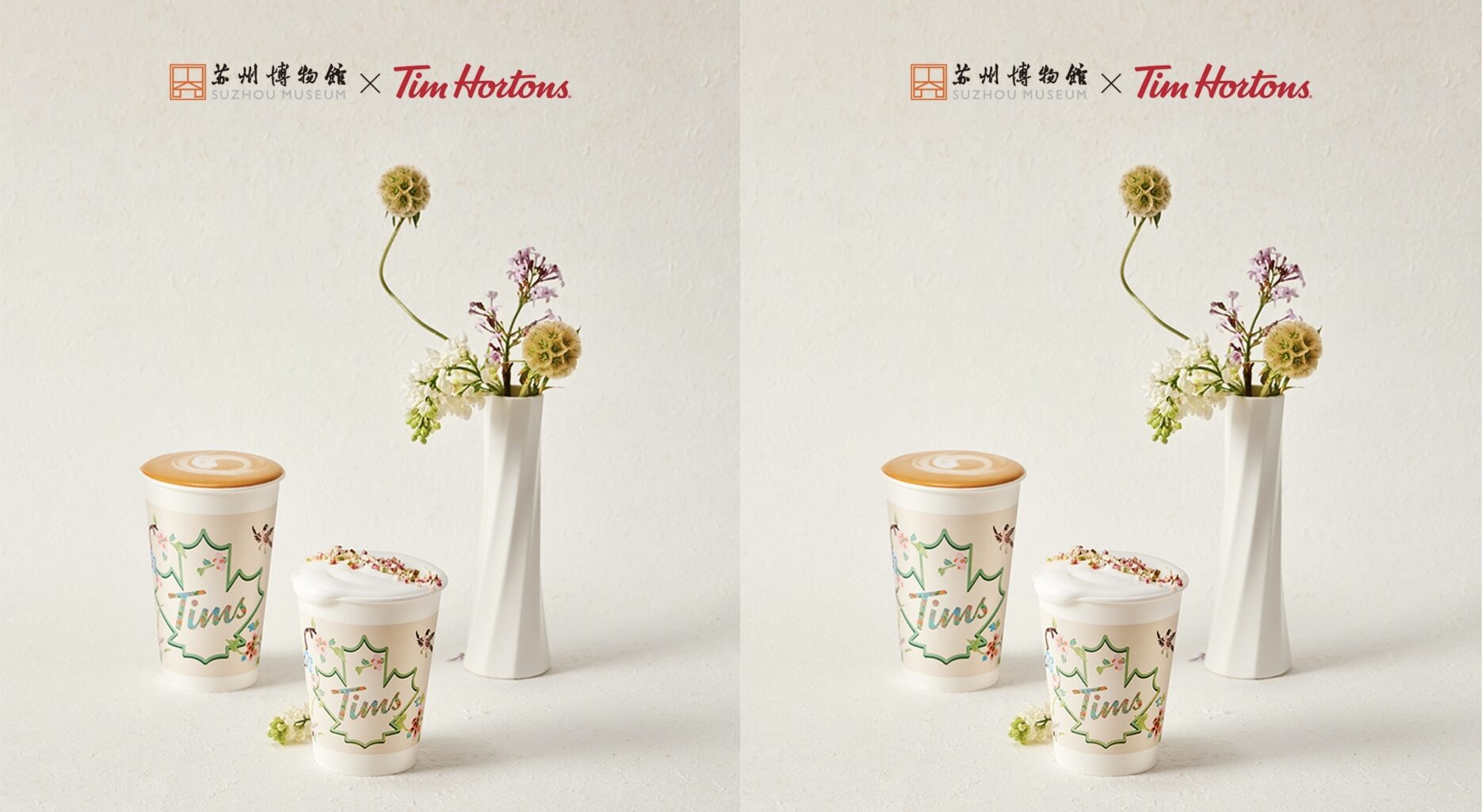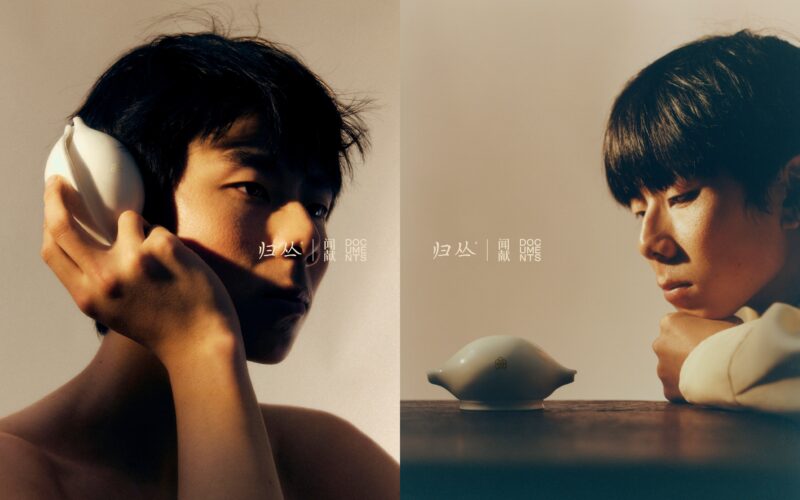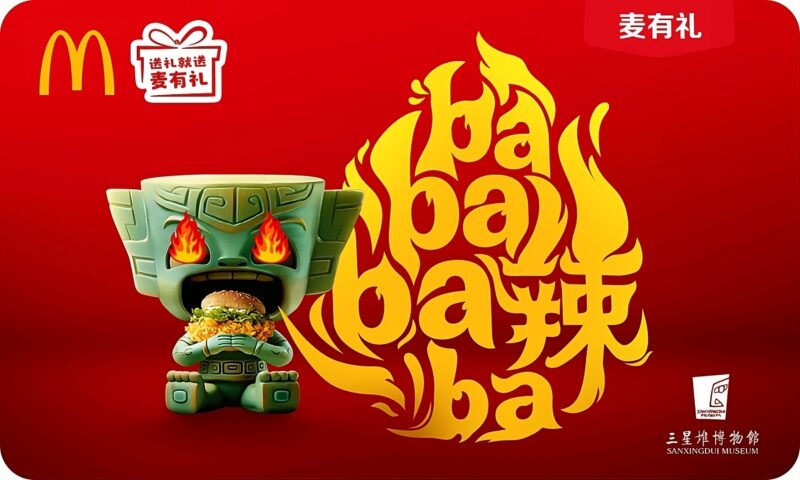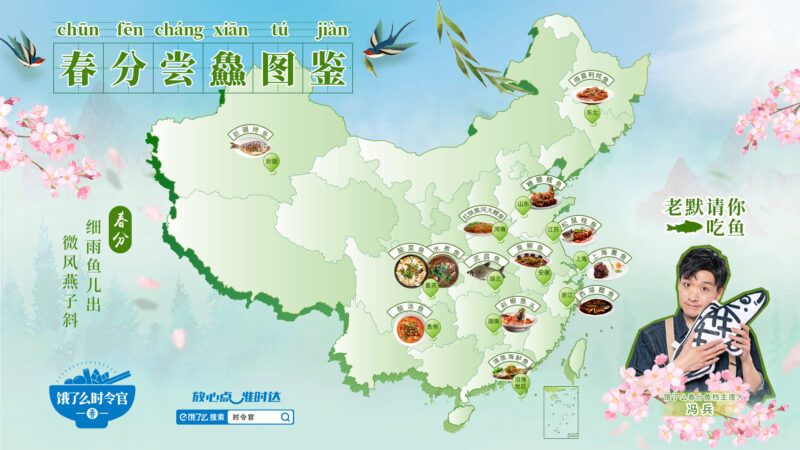- Tim Hortons has launched a collaboration with the Suzhou Museum, inspired by springtime in Jiangnan.
- Both the co-branded drinks and merch are heavily inspired by the culture and art of the region.
- Tim Hortons’s expansion in China means it needs localisation and resonance, which is why it chose the Guochao trend.
This April, the Canadian coffee and restaurant chain Tim Hortons, sometimes shortened to Tims in China, launched a major collaboration with the Suzhou Museum in Suzhou, Jiangsu. This marks another example of foreign brands collaborating with Chinese museums to get on the new guochao 3.0 bandwagon.
The collaboration between the international coffee chain and the regional museum focuses its theme on the springtime of Jiangnan (江南, lit. South of the River), the region in the immediate south of the lower reaches of the Yangtze River, covering Shanghai, parts of Jiangsu, Anhui Jiangxi and Zhejiang. The region is known for its mild climate, intricate waterways, thriving agriculture and business and a rich history in arts and culture.
The region is known for its mild climate, intricate waterways, thriving agriculture and business and a rich history in arts and culture
A taste of Jiangnan
Suzhou is an important part of the Jiangnan regional culture and arts, with the Classical Gardens of Suzhou being on UNESCO’s World Heritage list, while the Suzhou embroidery is designated a Chinese intangible cultural heritage. The Suzhou Museum is a museum dedicated to ancient and traditional Chinese arts and crafts including painting, calligraphy and embroidery from the city.
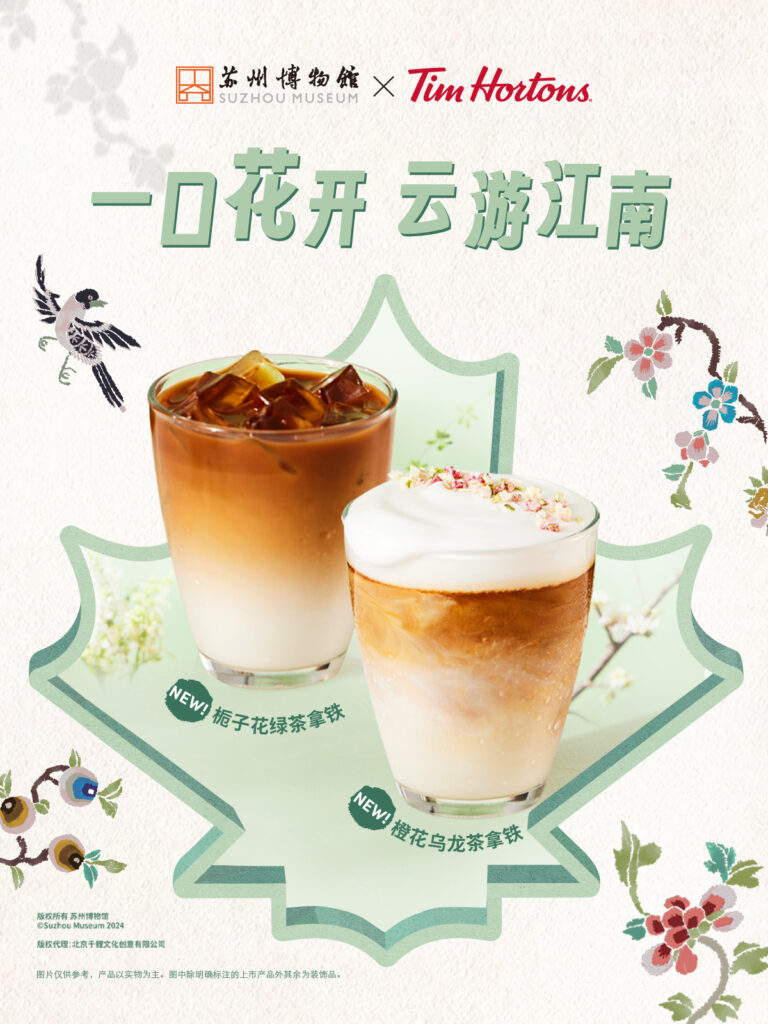
The collaboration, of course, starts with coffee. Tim Hortons brought out two new coffee flavours inspired by the spring flora of the Jiangnan region for this collaboration: an orange blossom oolong tea latte and a gardenia green tea latte. If coffee is not your thing, a gardenia milk tea is also available for the full New Chinese Style experience. There are also sets you can get, with either two drinks or one of the drinks with a Tim Hortons’ famous bagel.
The gifts
As a survey from late last year shows, gifts and merch that come with the tea or coffee in a co-branding campaign are just as important, if not more important, than the beverages themselves for consumers to spend on them or be memorable. Starbucks’ early guochao attempt with its Havoc in Heaven collab, as well as Luckin Coffee’s Dream of Red mansions collab earlier this year were both criticised for not having enough merch and gifts.
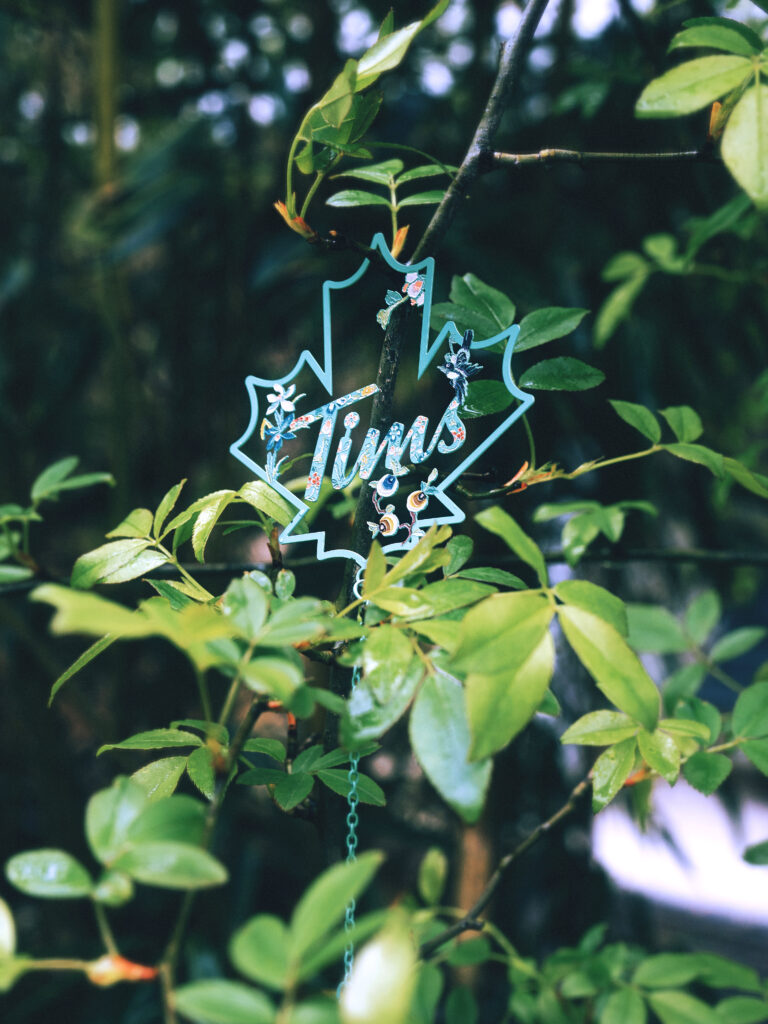


This collaboration also stresses the visual elements of the gifts and packaging
For Tim Hortons, this collaboration also stresses the visual elements of the gifts and packaging. Taking inspiration from both the Classical Gardens of Suzhou and the Suzhou embroidery, Tim Hortons and the Suzhou Museum came up with two distinct types of gifts for the collab. The tote bag based on the Qing-period Suzhou embroidery comes with a 2-drink set menu. Meanwhile, another set menu includes a bookmark inspired by the kaleidoscopic perforated windows of the Classical Gardens, with a Tim Hortons twist which is that the pattern has been changed to the chain’s signature Canadian maple leaf. Both are limited to 20,000 sets.
Jiangnan and Museums
Interestingly, the Jiangnan region has been a popular locale for brands to use for their campaigns. Suzhou just hosted French designer brand Ami’s second-ever fashion show in China, the first since the pandemic. The show took place on the remains of the City Wall, where a modern Parisian style meets ancient Chinese architecture.
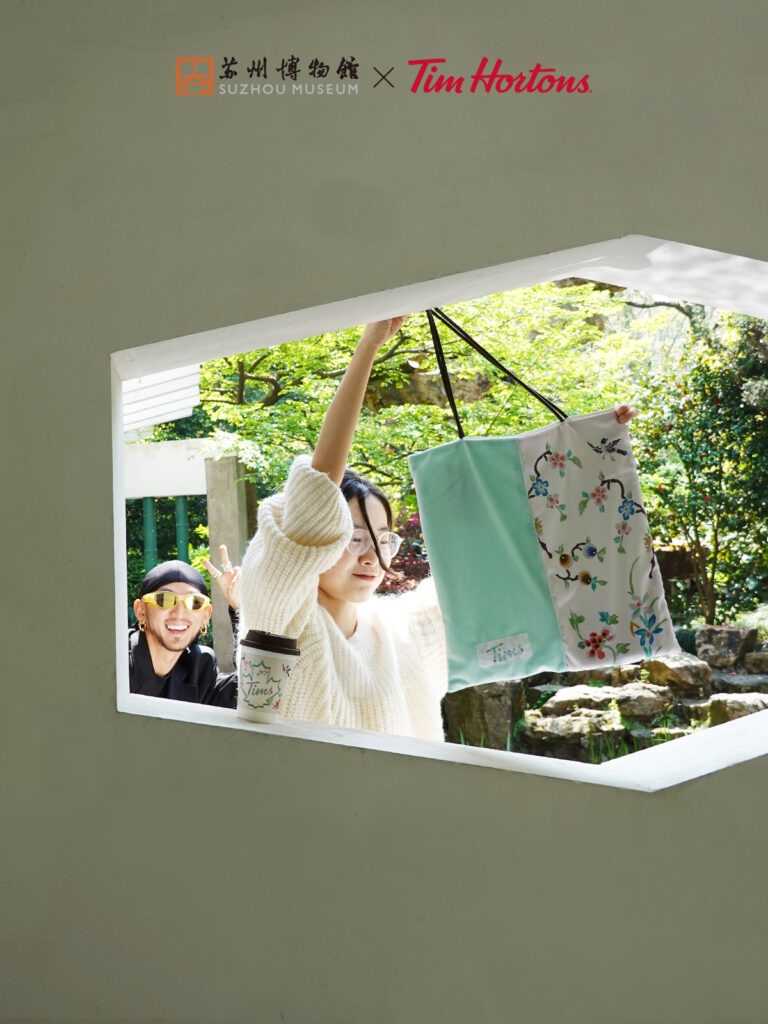
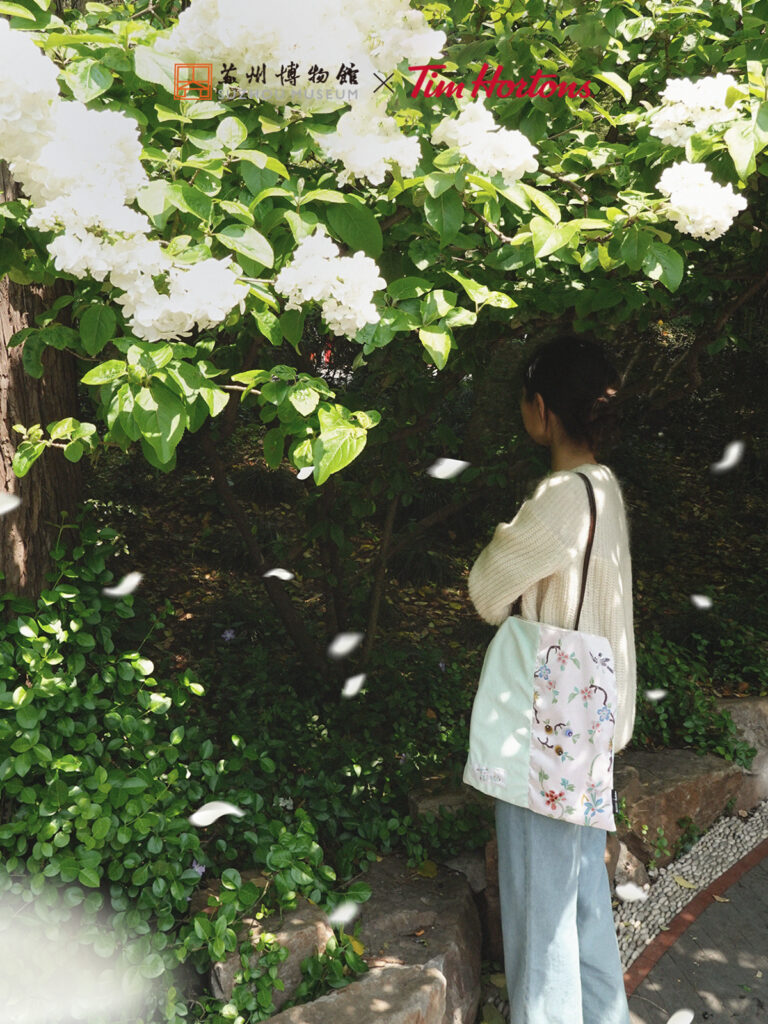

Just this month, Taobao teamed up with the Nanjing Museum, in the neighbouring city and provincial capital Nanjing. Similar to the Tims and Suzhou Museum collab, Taobao also co-created an artefact inspired Hanfu with 3 speciality brands. In addition, Luckin Coffee’s Dream of Red Mansions dance drama collaboration was with Jiangsu Center for the Performing Arts and Nanjing Chinese Orchestra, as Nanjing was the original setting of the classic novel. It would seem that interest in the Jiangnan region has grown beyond Shanghai and Hangzhou to cities in Jiangsu, especially in the traditional art and culture aspects.
As Tims further expands in China, McDonald’s can set a great precedence and baseline for localised campaigns
Tim Hortons has been growing rapidly in China after it earned 157.6 million RMB (21.76 million USD) in revenue in 2023, growing 55.9% year-on-year. Tims opened 295 new locations in 2023, reaching over 900 restaurants in China. This includes the fast-food chain Popeyes China that Tim Hortons acquired last year. This fried chicken + coffee strategy has drawn many comparisons to McDonald’s. Interestingly, as Tims further expands in China, McDonald’s can set a great precedence and baseline for localised campaigns.
This is especially true with the big M’s Sanxingdui Museum collab that provided an example for foreign brands to tap into the guochao 3.0 trends that stresses on traditional culture. The Tims collaborations showcase another possibility, outside McDonald’s memetic (in the sense of internet memes) efforts and create a link closer to the traditional culture embraced by the current wave of guochao, spearheaded by the New Chinese Style in fashion.




